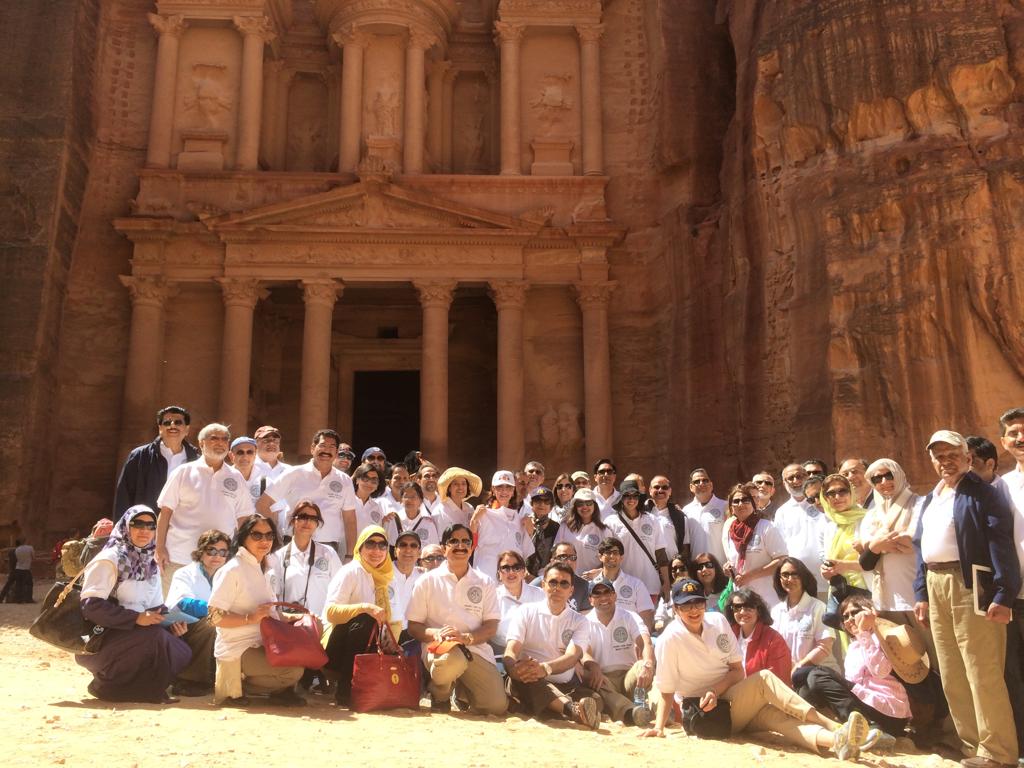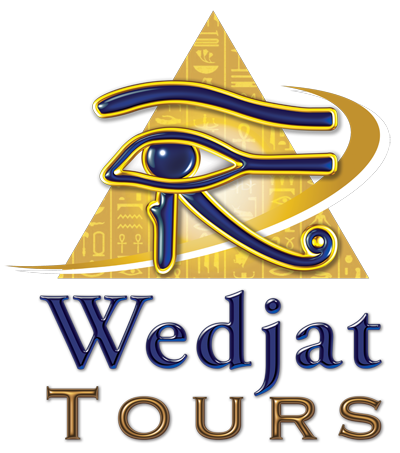The ancient city of Petra is one of Jordan's national treasures and by far its best-known tourist attraction. Located approximately three hours south of Amman, Petra is the legacy of the Nabataeans, an industrious Arab people who settled in southern Jordan more than 2,000 years ago. Admired then for its refined culture, massive architecture and ingenious complex of dams and water channels. The site is accessed by walking through a kilometer long chasm (or siq), the walls of which soar 200m upwards. Petra's most famous monument, the Treasury, appears dramatically at the end of the Siq. Used in the final sequence of the film "Indiana Jones and the Last Crusade." The towering façade of the Treasury is only one of the myriad archaeological wonders to be explored at Petra. Various walks and climbs reveal literally hundreds of buildings, tombs, baths, funerary halls, temples, arched gateways, colonnaded streets and haunting rock drawings - as well as a 3,000 seat open-air theatre, a gigantic 1st-century Monastery, and a modern archeological museum.
A modest shrine commemorating the death of Aaron, brother of Moses, was built in the 13th century by the Mamluk Sultan, high atop mount Aaron in the Sharah range.
THE TREASURY
The Treasury is merely the first of the many wonders that make up Petra. There are hundreds of elaborate rock-cut tombs with intricate carvings - unlike the houses, which were destroyed mostly by earthquakes, the tombs were carved to last throughout the afterlife and 500 have survived, empty but bewitching as you file past their dark openings. The treasury's surface is sculptured in the first century AD and decorated with mythological figures and deities Nabataean. The facade of Petra is carved in a pink rock, ranging in color from white to pink, yellow and tawny. The facade leads to the grave serves as a tomb for the Nabataean king Aretas III and subsequently as a place of worship.
THE ROMAN THEATRE
Roman-style theatre, which could seat 3,000 people. There are obelisks, temples, sacrificial altars and colonnaded streets, and high above, overlooking the valley, is the impressive Ad-Deir Monastery – a flight of 800 rock-cut steps takes you there. Within the site there are also two excellent museums; the Petra Archaeological Museum and the Petra Nabataean Museum both of which represent finds from excavations in the Petra region and an insight into Petra's colorful past.
ROYAL TOMBS PETRA
Don’t miss the unpredictable Royal Tombs that took its name from the rich decoration. To reach them you have to climb a stairway that leads to the famous Urn Tomb, which was used as a place of worship during the Byzantine Empire.
Beside the Urn Tomb is a small tomb known as the Silk Tomb. This name comes from the rich color of the sandstone. Then come next the Palace Tomb, the Corinthian Tomb and the Tomb of Sesto Fiorentino.





 And then Add to Home Screen.
And then Add to Home Screen.